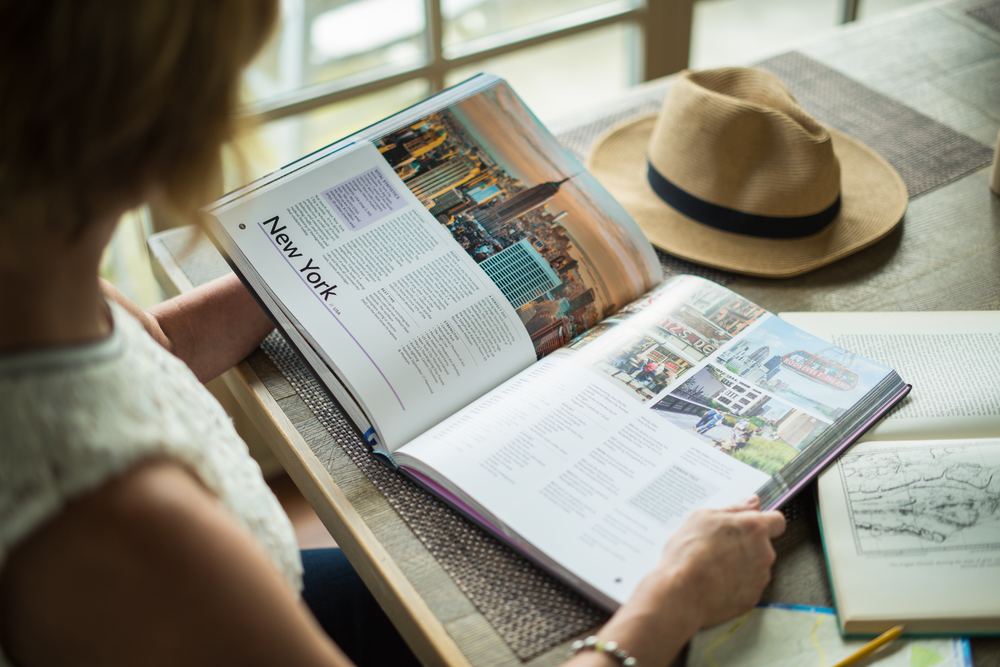At its heart, an appositive is bonus information.
Example: Hermione Granger, a witch at Hogwarts School, is accomplished at spells.
The core of this sentence is Hermione Granger is accomplished at spells. A witch at Hogwarts School is an appositive noun phrase that gives us additional information about Hermione Granger.
Example: The Eiffel Tower, Gustave Eiffel’s masterpiece, can be found on the Champs de Mars.
This is a sentence about where the Eiffel Tower can be found. The appositive phrase Gustave Eiffel’s masterpiece tells us a bit more about the sentence’s subject noun, Eiffel Tower.
Example: My childhood friend, Anne-Marie, loved horses.
Here, the core sentence is My childhood friend loved horses. It works as a sentence on its own, but the appositive, the proper noun Anne-Marie, gives the reader supplemental information about my friend. It renames her.
Commas and appositives
Appositive nouns and noun phrases are often nonrestrictive; that is, they can be omitted from a sentence without obscuring the identity of the nouns they describe. Another word for nonrestrictive is nonessential. Always bookend a nonrestrictive, appositive noun or phrase with commas in the middle of a sentence. If the noun or phrase is placed at the end of a sentence, it should be preceded by a comma.
Use commas to frame nonrestrictive elements
Incorrect: Frédéric Chopin a Polish composer was one of the most celebrated virtuoso pianists of his day.
Correct: Frédéric Chopin, a Polish composer, was one of the most celebrated virtuoso pianists of his day.
Incorrect: My brother often likens himself to Zeus the god of thunder.
Correct: My brother often likens himself to Zeus, the god of thunder.
Depending on the tone you want to achieve and the context, you may also choose either parentheses or brackets to frame a nonrestrictive appositive phrase.
Correct: My brother often likens himself to Zeus (the god of thunder).
Correct: My brother often likens himself to Zeus—the god of thunder.
Whichever way you choose to punctuate it, the key is to realize that My brother likens himself to Zeus is the core sentence and that the god of thunder is nonessential to that sentence. It is nice to know, but it is not essential in terms of function.
Think of a sentence with a nonrestrictive appositive in it as a motorcycle with a sidecar attached to it. The sidecar is a lovely addition to the motorcycle and changes the overall experience of taking it for a spin, but the motorcycle could go on without it. The nonrestrictive appositive is your sidecar, and it needs punctuation to attach it to the motorcycle, which is your sentence.
Commas and restrictive elements don’t mix
When an appositive noun or noun phrase contains an essential element without which a sentence’s meaning would materially alter, do not frame it with commas.
Incorrect: My friend, Bill, owes me fifty dollars.
Correct: My friend Bill owes me fifty dollars.
There are no commas here because Bill is an essential description of my friend. We can assume from this sentence that the speaker has many friends, but the one who owes him or her money is Bill. The unlikely circumstance under which the first sentence could be construed as correct would be if the speaker has only one confirmed friend, and that friend’s name is Bill.
Now think of a motorcycle again, except now without the sidecar. This is the restrictive appositive motorcycle. If anyone wants to hitch a ride on this motorcycle, he or she will have to ride double behind the driver. With this type of appositive, there is no disconnection between the driver and the passenger; one has his or her arms around the other. The restrictive appositive motorcycle zooms out of sight—without commas.

